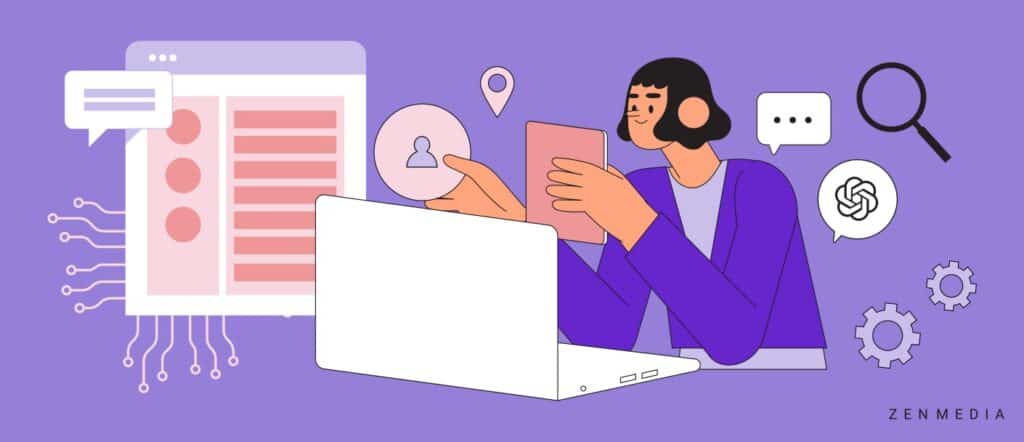As the demand for personalized and engaging content continues to rise, AI is a game-changing force, revolutionizing how businesses connect with their target audiences. Among the myriad of AI solutions available is Auto-GPT.
Auto-GPT, an advanced AI language model built upon the remarkable GPT-3 architecture, redefines the boundaries of automated content generation and customer engagement. Auto-GPT, short for “Automatic Generalized Pre-trained Transformer,” is primarily designed for generating text and content automation. Auto-GPT excels at generating coherent, contextually relevant, and high-quality B2B content in a wide range of formats, including articles, blog posts, product descriptions, and more.
Auto-GPT’s strength lies in its ability to understand and mimic human language patterns, enabling it to produce engaging and persuasive content that aligns with specific B2B marketing objectives. This AI tool is trained on vast amounts of text data and learns to generate text by predicting what comes next in a given context. It can be fine-tuned to match specific business needs and can save marketers significant time and effort by automating the content creation process.
On the other hand, ChatGPT is designed to facilitate interactive and dynamic conversations with users. It is geared towards creating chatbot-like conversational experiences, providing responses to user prompts or questions. ChatGPT is trained to engage in dialogue, simulate human-like conversations, and generate appropriate responses based on the given input.
ChatGPT excels at understanding user intent, responding contextually, and providing relevant information. It can be used in a variety of applications, including customer support chatbots, virtual assistants, and interactive conversational agents. By leveraging its conversational capabilities, businesses can enhance customer experiences, automate routine inquiries, and provide personalized interactions on a large scale.
Although Auto-GPT is built on the same framework as ChatGPT, the primary difference between the two is that the former can function autonomously without the need for human agents. The latter requires detailed prompts from humans to complete tasks.
If you’re looking for more AI to add to your tech stack, take a look at these:
Want to learn how your organization can integrate AI into your marketing? Reach out.




